Religious and scientific approach , The heirs of prophets who built their teachings on this curriculum,And students of science, god promised them the highest score, gathered in the andalusi-type building , It was created nearly a century ago, to mark the immortal rise of Egypt , And it blends into a landscape of the least described as a connection between ancient Egyptian history,And modern civilizations.
Nearly a hundred years ago, in 1930, the nucleus of the first religious seminary in Asiut province came out.But in upper Egypt, as soon as you set foot in corniche Nile on the way to the revolutionary street,In the city of assiut, in front of the seminary , You'll find yourself in front of an andalusian architecture masterpiece,Some even ranked it among the four most prestigious institutions built on Egypt with the same architectural style, The idea of establishing the institute came from the agony of assiut governorate, in 1915.

It was hard for her parents to send their children to Cairo to study in Al-azhar al-sharif, They decided to raise funds to set up a religious institute in the governorate, Once news spread throughout Almahrousa , until he reached the Sultan Hussein Kamel, He ordered the establishment of an educational institute to teach religious and legal sciences ,A mosque was selected as the headquarters of the institute,Some 200 students underwent rigorous testing, bringing the number to 154 representing the initial building of the institute.

Over the years, the mosque has been narrowed down by religious education students in the governorate of assiut. The initiative comes as usual from the people of the southern city.Then everyone decides to donate to renovate Umayyad mosque,In 1923, during king fouad I's visit to Asyut governorate,It has come to his attention that the nine thousand people of Assiut have not stopped repairing.He issued a royal decree making the maintenance and repair of the waqf at a cost of 18,000 pounds.In 1930, it laid the foundation stone for the construction of the institute On the piece of land in the red area near Neil asiot, with an area of 4 acres, 8 carats and 2 arrows,To complete the andalusian islamic style four years later , To become the goal of those interested in science from Upper Egypt until today.
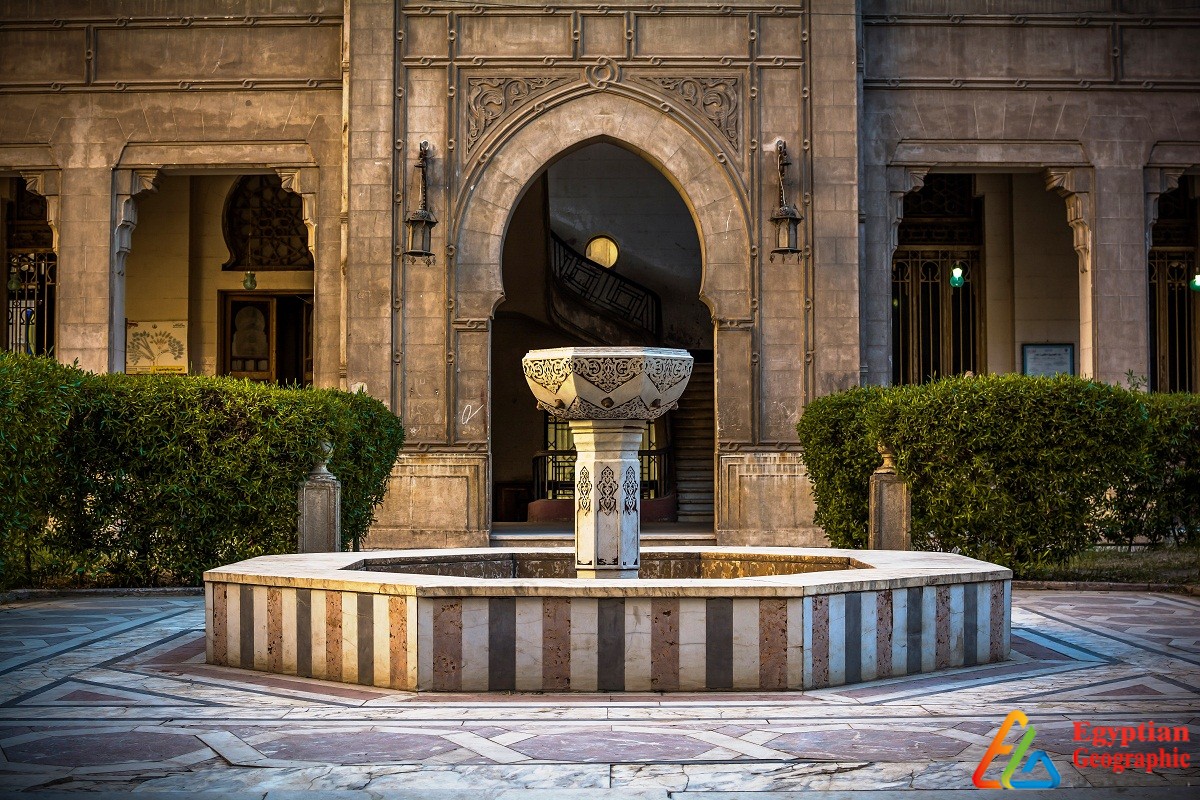
After the revolution of July 1952, it was natural to change the name of the fouad I institute to the azhar institute for boys, and The institute has been running for years until the issuance of the prime minister's decision no. 1692 of 1987,The building of the institute and its accessories are among the historic monuments under the supervision of the ministry of archaeology , Thus, the Institute today follows on three sides, is as an archaeological and historical building valuable Ministry effects,Because Al-Azhar students are studying it naturally follows Azhar Royal hand, either his garden follow Azhar parks.
That architectural masterpiece is composed of three buildings, the first of which specializes in study, and consists of classrooms and science film galleries , Four biology, chemistry and physics laboratories have included archaeological excavations and scientific materials since the inception of the institute , The building is situated at the centre of a rectangular garden with an exquisite marble fountain, and the second is a large mosque used to teach students to speak , He has a 30-metre high-altitude minaret, and he's engaged to top scientists.

The precious treasure is in the third building, which is not limited to places for incoming students only , But it has a scientific and religious library, one of Egypt's largest libraries, with 22,000 books and volumes of scientific books in all areas.
An andalusian architectural masterpiece, royal walls and doors, an open museum, archaeological laboratories, and a rich library .. All of this has made the institute not only a place of science and education, but a destination for both scientific missions and city tourists.




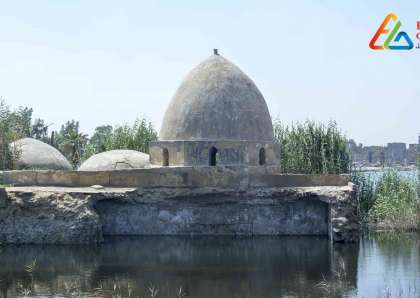

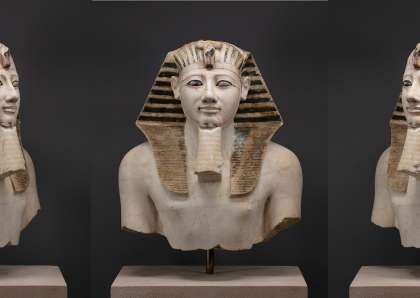












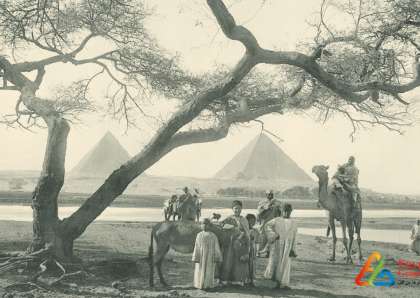



















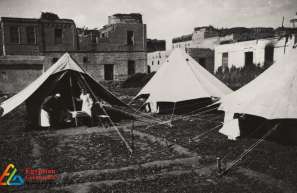



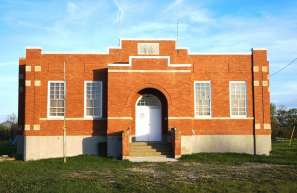








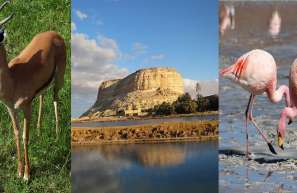
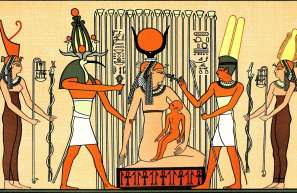







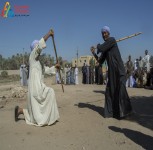


Egyptian Site & magazine